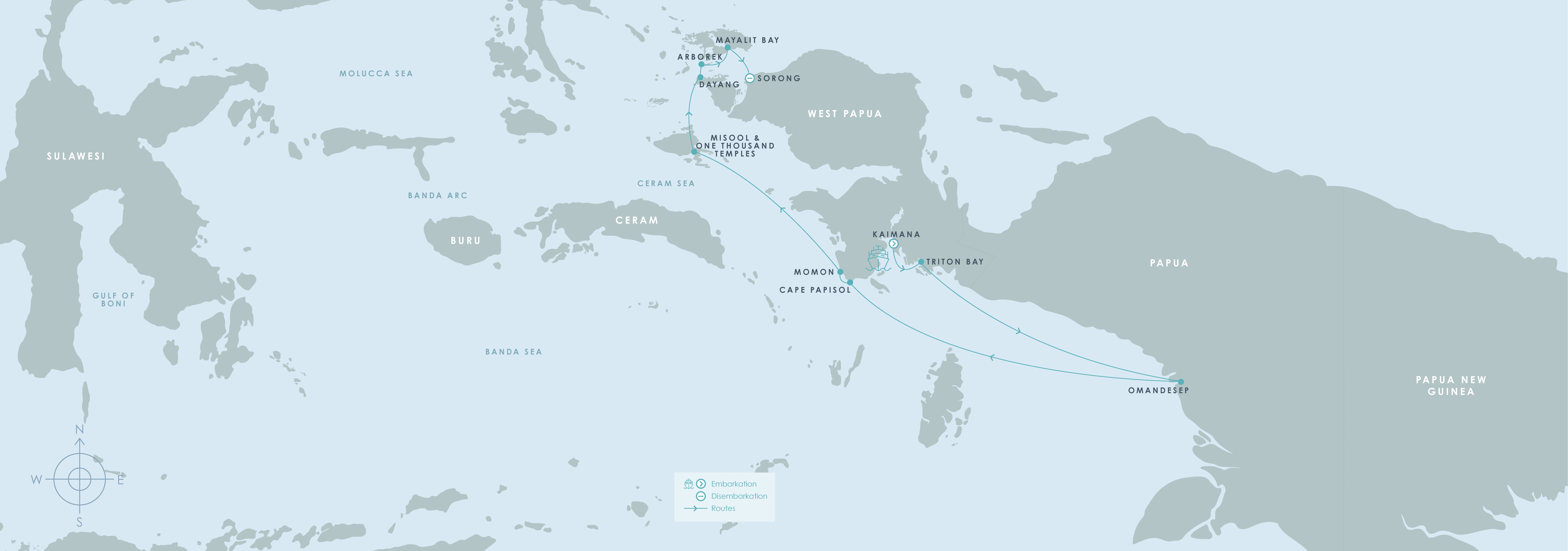Overview
Journey to the back of beyond on a singular itinerary that connects three of Australia’s most remote tracts of wilderness via private chartered flights. In the vast Red Center, watch the sun set over the monolith of Uluru (Ayers Rock), and wonder at more stars than you’ve ever seen before. From Alice Springs, board The Ghan for the storied train passage across the desert to Katherine up north. Then head for the “Top End” of the Land Down Under—the tropical reaches of the Outback. With interpretation from Aboriginal guides, delve into the watery wilderness of Kakadu, thick with crocodiles. Fly on to the Kimberley, where the beehive stacks of the Bungle Bungle Range form an otherworldly landscape. In Australia’s far-flung north, the Dreamtime shapes primal terrain where human cultures have been integrated with the land for more than 65,000 years.
Trip Highlights
- The Ultimate Outback Experience With your naturalist Expedition Leader and Indigenous guides, explore the iconic landscapes and Aboriginal heritage of Uluru, Kakadu and and the Bungle Bungles
- Explore in Depth by Boat, Train, Air & on Foot Gain an intimate view on nature on bush walks and river cruises, and survey its vast grandeur on scenic flights and a 750-mile rail journey aboard The Ghan
- View Unique Wildlife & Ancient Rock Art In five national parks and three World Heritage Sites, see 65,000-year-old rock paintings, and look for wallabies, wallaroos, dingos and saltwater crocodiles
Itinerary
Please fill out the form below to request a quote for rates.
Cost Includes
- Trip price includes: Accommodations, services of Nat Hab's professional Expedition Leader, local guides and lodge staff, one night on The Ghan luxury train, private wildlife and cultural cruises, scenic helicopter flight over Purnululu, scenic helicopter flight over Mitchell Falls, private touring with aboriginal guides, all meals from dinner on Day 1 through breakfast on final day, some alcoholic beverages, some gratuities, airport transfers for those arriving by air on Day 1 and final day, all activities and entrance fees, all taxes, permits and service fees.
- Internal air fee includes: Commercial flight from Sydney to Uluru, private scenic charter flight over Uluru and to Alice Springs, private scenic charter flight from Jabiru to Purnululu, private scenic charter from Purnululu to Mitchell Falls, commercial flight from Mitchell Falls to Darwin (these will be listed separately on our invoicing).
Not Included
- Travel to and from the start and end point of your trip, most alcoholic beverages, gratuities for Expedition Leaders, passport and visa fees (if any), optional activities, items of a personal nature (phone calls, laundry and internet, etc.), international airline baggage fees, airport and departure taxes (if any), required medical evacuation insurance, optional travel protection insurance.
Map









